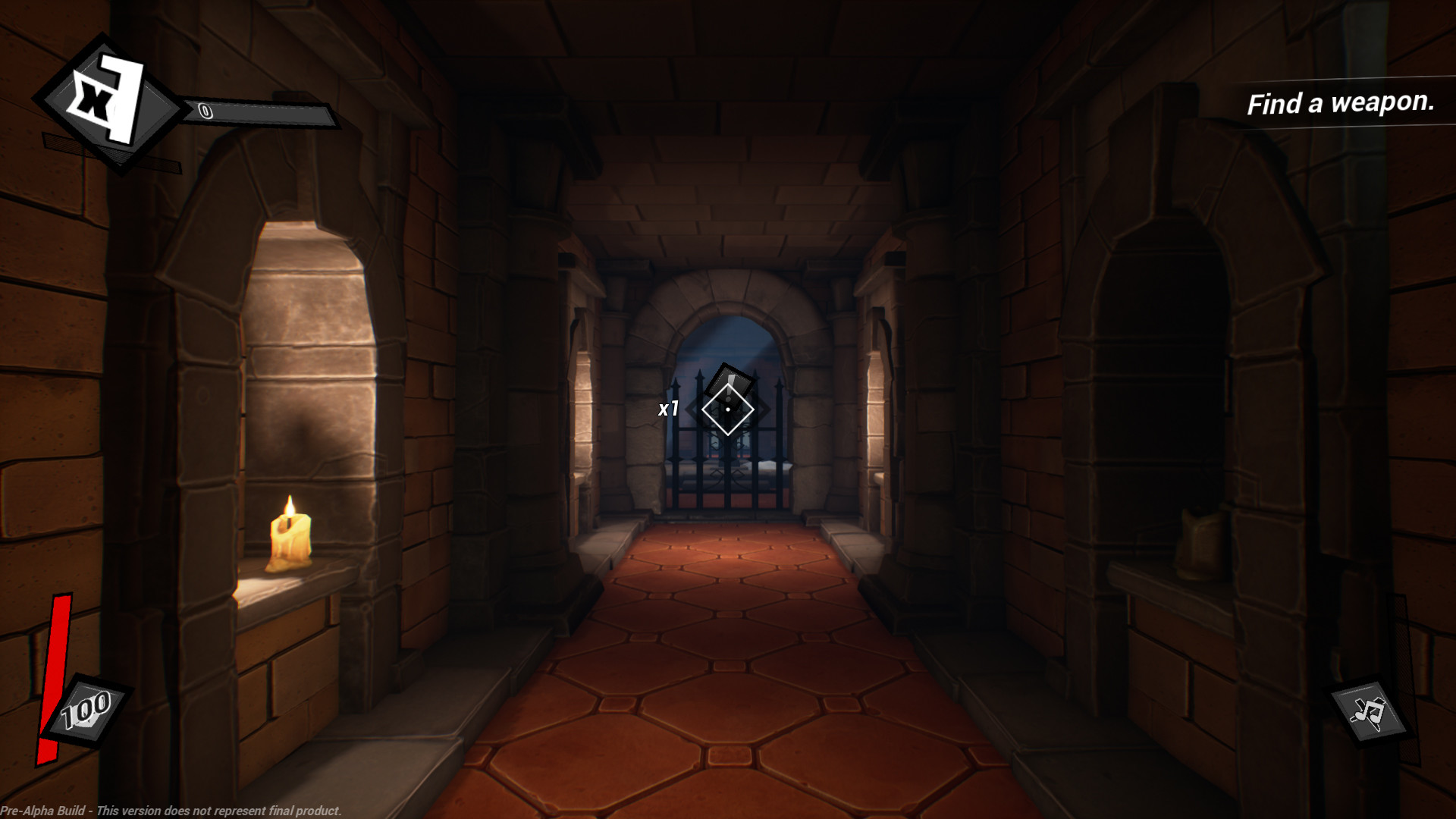

In a nod to the future, the MP 38 eschewed wood in favor of plastic and employed a folding metal butt. The Germans chose Erma’s automatic-fire-only design which, upon entering service August 1938 as the MP38, became the first submachine gun to play a major role in a first-grade army. In 1938, the Oberkommando der Wehrmacht (Wehrmacht High Command, OKW) issued a specification for a submachine gun suited to mobile warfare. Germany had begun to develop tactics that called for mobile infantry with plenty of automatic firepower - and the submachine gun was easy for untrained men to learn to use. The rifleman was issued sixty rounds, two five round clips carried in each of the six pouches on his belt. It served as a sniper rifle with a variety of telescopic sights, and proved highly destructive in the role.

The weapon is still being made today as a sporting rifle.ĭespite the plethora of semi and fully automatic rifles the Germans experimented with and actually deployed, the Kar 98 still provided the bulk of the rifle strength of the Army. The 98k acquired the ability to launch rifle grenades in 1941. The Germans introduced various types of extras, including periscopic and telescopic sights, and folding butts for airborne troops. The 98k’s V-shaped rear sight marked off ranges from 100 m (109 yd) to 2,000 m (2,187 yd). The 98 family of guns featured a light action that promoted sure shooting, although at the expense of speed - a Lee-Enfield could get off more shots per minute. The German soldier prized his 98k for its accuracy. The expensive wooden stock and other wooden parts were replaced with laminated wood, and the finish grew rougher. Due to shortages of raw materials, time, and skills, the aesthetic appearance of the guns deteriorated as the war went on. During the war, factories churned out huge quantities of 98ks which proved to be reliable and accurate arms. The 98k went into production in 1935, and served throughout World War II as Germany’s standard rifle. Ammunition was carried in the same manner as the Luger. Each Panzer crewman was armed with a pistol, supplemented by one MP40 per tank. There was no chance of an inadvertent blow against the hammer causing a discharge, as a block was maintained in place that could only be removed when the trigger was pulled. Once the P38 had been loaded, the cocked hammer could be lowered safely. The P38 offered several improvements, notably the introduction of a double action trigger similar to that used in the revolver. The P38 was the successor to the Luger, but never managed to replace it. Two eight round magazines were issued, one loaded and the other held in a pouch on the holster. The Luger was carried by an enormous variety of personnel. These drawbacks were somewhat compensated by the weapon’s superb potential accuracy and, considering its precision tolerances and open toggle breech, remarkable reliability in the field. The toggle breech mechanism required precision machining (unsuitable for mass production), was open to the elements and the entry of dirt and grit, and demanded virtually perfect ammunition to function. It was issued to all German armed forces and in the infantry found use as an officer’s sidearm, as well as with weapon crews, dispatch riders, signallers, and NCOs.įor all its popularity, the P08 was far from an ideal service pistol, having both poor sights and a complex trigger mechanism. The P08 remained the principal sidearm of the German military throughout the inter-war period. The Treaty of Versailles forced Germany to stop producing P08s, although production restarted in 1923.


 0 kommentar(er)
0 kommentar(er)
